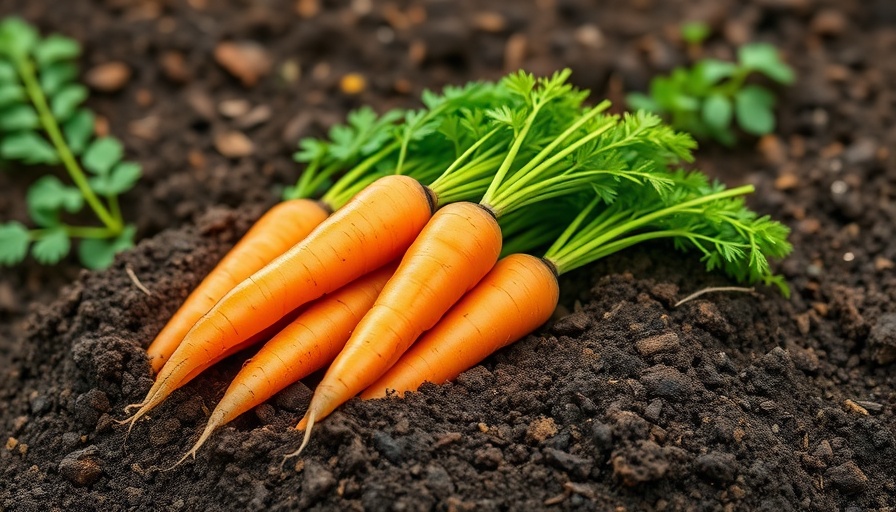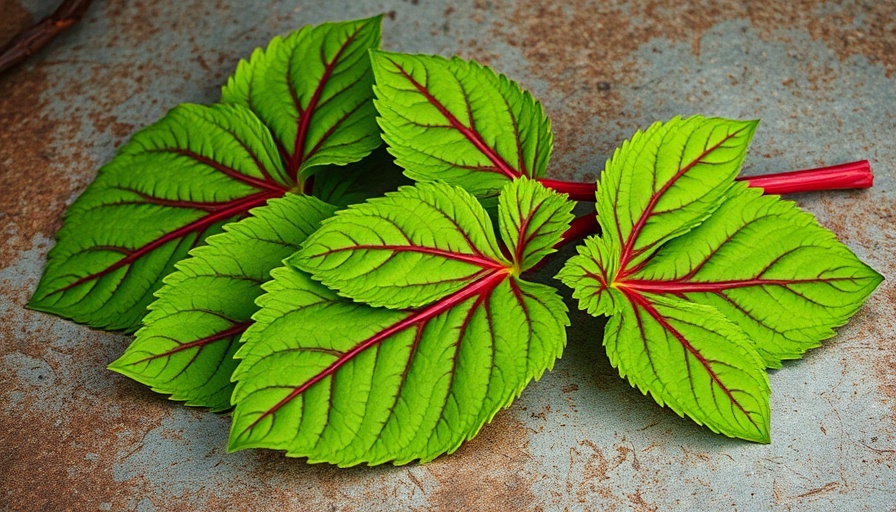
Chantenay Carrots: A Gardener's Delight
Gardening can often surprise us, bringing forth gifts we didn’t expect. One such treasure is the Chantenay carrot, a delightful vegetable that has become a favorite among garden enthusiasts. These conical, red-hued beauties are not just visually appealing; they also pack a flavorful punch. Let's explore why these carrots are worth growing in your garden and how to do it successfully!
Why Choose Chantenay Carrots?
Chantenay carrots, known scientifically as Daucus carota sativus, originate from the Chantenay region of France. They are characterized by their stubby, conical shape and sweet, crunchy texture. This variety can be grown in various USDA hardiness zones (3-10), making them accessible to many gardeners. Chantenay carrots thrive in well-draining sandy or loamy soil and can be sown in both spring and fall.
These carrots are not only easy to grow but also offer a multitude of culinary uses. Whether diced in salads, roasted, or eaten raw, they bring color and flavor to any dish. With a maturity time of about 65-70 days, you won't have to wait long to enjoy your harvest!
Essential Gardening Tips for Growing Chantenay Carrots
If you're eager to grow your own Chantenay carrots, here are some essential tips:
- Soil Preparation: Ensure your soil is well-drained, sandy, or loamy with a pH between 6.0 and 6.8. Remove any debris or rocks to provide an ideal environment for these carrots.
- Planting: Sow the seeds approximately 1/4 inch deep, spacing them 6 seeds per inch. Once they sprout, thin them to 2 inches apart to allow room for growth.
- Watering: Keep the soil moist but not soggy. Chantenay carrots need medium water but be cautious not to flood the roots, which could lead to rot.
- Pest and Disease Management: Be on the lookout for common garden pests such as aphids and carrot flies. Implementing companion planting can help keep these pests at bay.
Harvesting and Enjoying Your Carrots
Chantenay carrots are typically ready to harvest once they reach 1-2 inches in diameter. Gently pull them from the soil, taking care not to break the roots. They can be stored in a cool, dark place for several weeks. If you find yourself with a surplus, consider preserving them through pickling or freezing to enjoy their flavor year-round.
Creative Cooking Ideas with Chantenay Carrots
The versatility of Chantenay carrots in the kitchen is remarkable. Here are some delicious ideas on how to enjoy them:
- Raw Snacks: Serve them fresh with a dip for a healthy snack that kids will love.
- Roasted Vegetables: Toss them with olive oil, salt, and your favorite herbs, then roast until caramelized for a tasty side dish.
- Soups and Stews: Add diced Chantenay carrots to your soups or stews for a rich flavor boost.
Encouraging Sustainable Practices in Your Garden
By choosing to grow Chantenay carrots organically, you can contribute to sustainable gardening practices. Start your compost bin to enrich your soil naturally and reduce waste. Encourage pollinators by incorporating flowering plants into your garden, which can enhance the health of your plants and improve yields.
As you embark on your gardening journey, remember that growing your own vegetables, such as Chantenay carrots, fosters a connection with nature and provides fresh produce right at your doorstep. It's not just about what you produce, but the experiences and memories formed in the process.
 Add Row
Add Row  Add
Add 




Write A Comment